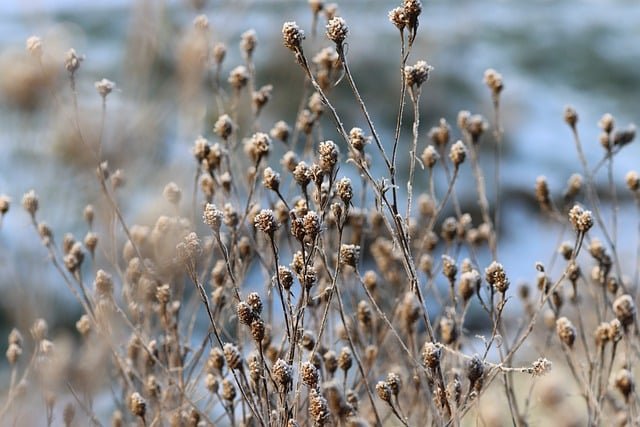**Title: "The Secret Life of Urban Wildlife: Nature

The Secret Life of Urban Wildlife: Nature
Urban environments, bustling with human activity, may seem like unwelcoming spaces for wildlife. However, beneath the surface of concrete and steel lies a rich tapestry of life that thrives in the cracks and crevices of our cities. Let’s explore the fascinating world of urban wildlife and uncover the secrets of their adaptation, survival, and the vital roles they play in our ecosystems.
The Adaptation of Urban Wildlife
Urban wildlife has developed remarkable adaptations to thrive in city landscapes. Here are some examples:
- Resourcefulness: Many species have learned to exploit human resources. For instance, raccoons and squirrels have become adept at foraging through garbage bins and bird feeders.
- Nesting in Unlikely Places: Birds such as pigeons and sparrows often nest in building ledges, while bats may roost in attics or under bridges, taking advantage of the shelter provided by human structures.
- Behavioral Changes: Animals like coyotes and foxes have adjusted their activity patterns to avoid human interaction, often becoming more nocturnal to navigate their urban territories safely.
Common Urban Wildlife
1. Birds
Urban areas are often alive with bird songs. Common species include:
- Pigeons: Resilient and adaptable, they thrive in cities.
- Sparrows: These small birds are often seen flitting about parks and gardens.
- Hawks: Red-tailed hawks can be spotted soaring above skyscrapers, hunting for small mammals.
2. Mammals
Many mammals have found a way to coexist with humans:
- Raccoons: Known for their dexterous paws, they are skilled at opening bins and finding food.
- Squirrels: These agile creatures are often seen darting across streets and climbing trees in search of nuts.
- Coyotes: Increasingly common in urban areas, they help control rodent populations.
3. Insects
Insects play a crucial role in urban ecosystems:
- Bees: Urban gardens and parks provide essential habitats for pollinators.
- Butterflies: Many cities are creating butterfly gardens to support these beautiful insects.
- Ants: Often overlooked, ants contribute to soil health and decomposition.
The Importance of Urban Wildlife
Urban wildlife is not just a curiosity; it plays a critical role in maintaining ecological balance:
- Pollination: Bees and other pollinators are essential for the reproduction of many plants, including those in urban gardens.
- Pest Control: Predators like hawks and owls help manage rodent populations, reducing the need for chemical pest control.
- Biodiversity: A diverse array of species contributes to healthier ecosystems, even in urban settings.
How to Support Urban Wildlife
You can make a difference in your local ecosystem by taking simple steps:
- Create Wildlife-Friendly Spaces: Plant native flowers and shrubs in your garden to attract pollinators.
- Provide Shelter: Install birdhouses, bat boxes, and insect hotels to offer safe nesting sites.
- Reduce Pesticide Use: Minimize chemical use in your garden to protect beneficial insects and other wildlife.
Conclusion
The secret life of urban wildlife is a testament to nature’s resilience and adaptability. By recognizing and supporting the diverse species that share our cities, we can foster a harmonious relationship with the natural world, enriching our urban landscapes and promoting biodiversity. So next time you’re out and about, take a moment to observe the wildlife around you – you might just discover a hidden world of wonder right in your backyard.
Let’s celebrate and protect the vibrant life that exists alongside us in our urban jungles!

All images are taken from the Pixabay.com
Upvoted! Thank you for supporting witness @jswit.